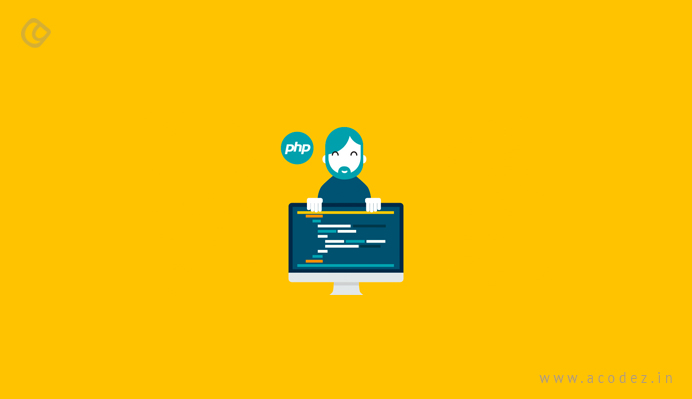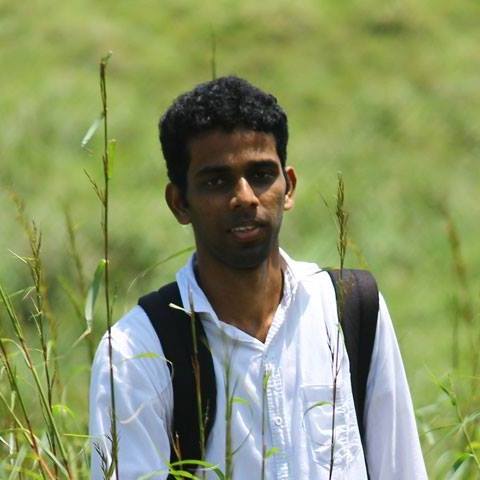Hypertext Preprocessor (PHP) is one of those server-side scripting languages that is being used by web programmers for developing websites and web apps. This was introduced in the year 1994 by Rasmus Laird. And till the year 2013, it was noted that PHP was installed across more than 240 million websites and 2.1 million internet servers. The file extensions in PHP include PHTML, .PHP and .php5. Today, PHP is one of the most commonly used programming languages for building websites. We will take you through some of the interesting advantages and disadvantages of PHP.
Now let us discuss the major features, pros, and cons related to PHP vs JSP.
Advantages of using PHP for your Project:
PHP is Cross-Platform

The application is developed with PHP can be run on a number of platforms. While developing an app or website using PHP, the app developer need not stress about the operating system that the user is possible to use. Thanks to the awesomeness of coding in PHP because of which it can run smoothly and appropriately across all operating systems. You can easily locate the server-side scripting language or PHP hosting service providers – which makes it again more preferable on one when comparing PHP vs JSP.
PHP is Simple and Powerful
The ease of use that PHP provides is something that no one can resist – even if a new programmer is starting to learn PHP, it won’t take much time to master the entire process. The programming syntax used in PHP is very much the same as that used in the C programming language – so if you are familiar with PHP, then you can very easily code scripts in PHP for websites and web apps.
Speed is Irresistible
Speed is one of the primary concerns when working on a web development project. Web data speed is one of the most important challenges that most individuals have been struggling with. The end users always expect a website with a quick loading speed. In fact, page load speed is one of the reasons why many of the websites have been losing their customers. This is where PHP comes in handy – the speed that PHP offers is non-competitive.
Infinite Library Support and Open Source
All people who have used or are using PHP are well aware of the fact that PHP is open source programming language. Since the framework has a huge community support, the library is quite extensible and if at any point, you happen to face a struggle or concern, you can always look forward to getting some help. PHP contains a collection of functional modules. Some of the modules available in PHP, PHP 7 are PDF and graphics and many more.
Stability

It has been 22 years since the introduction of PHP for the first time. Developers and developer community are constantly working on improvising the ability of this application. Since they are constantly and consistently working on enhancing this application or framework, whenever a bug arises, the development team fixes it quickly with ease. This is what makes PHP stable.
Though PHP comes with a lot of fascinating features, there are some disadvantages as well.
Let us Check The Disadvantages Of PHP :
Not Powerful Enough:
PHP was created with an aim to power small-scale applications, but now the challenge is that it is not easy to use this with large applications. The programming language doesn’t offer a great deal of modularity, which makes it difficult to maintain and update the projects powered by PHP. But, we cannot deny the fact that this is the most suitable language for website scripting and small app developments.
Small-Scale Apps are Easy to Manage But not Large Ones
As we have already discussed since PHP was developed for smaller projects, it becomes very difficult to handle huge apps using PHP. The modularity of PHP is very small, which makes it difficult to maintain large apps or sites. You can always create small-sized apps but not the large ones as the maintenance for large ones with PHP is not easy. The framework was developed with an intention to create apps that will run on websites and not across Windows or other operating systems.
Security is a Concern

One of the main pain points of clients and the end users is security. It is imperative to ensure that the website is secure. This is mainly to ensure that the information that is submitted across during a transaction is safe and secure. But, since PHP is open source there is no guarantee to this, thus php vs jsp, jsp will find more secured. Anybody can hack the source code and let in some hacks across the bugs and damage the system. Now this is where Java Server Pages (JSP) comes into the Bigger Picture
Why should you be thinking of JSP for your project? There are various reasons why JSP could be the right choice for your projects. But first, let us take a brief look at what JSP is. This is defined as a powerful web-based technology which has got Java code planted within its HTML page. This is then optimized on the server side, providing dynamic and static content to the client browser. With this, any kind of dynamic or static content can be generated through the browser at the client side. This is what web designers and even Java coders are using to execute Java code within an HTML page at the client side. Once the Java code is executed on the server side, it will generate either static or dynamic content. The static content comprises HTML, XML, and even simple text. The dynamic content is something that has been generated by the Java code that was rooted within the webpage.
Let us see some Interesting Facts about how JSP Differs from Servlets
As you might be aware, both JSP and Servlets are capable of generating dynamic content for webpages – but both have a different methodology for implementing these. When comparing php vs jsp, both are powerful and complement one another. To some extent, the functionalities, features and the mode of operation of both JSP and servlets differ from one another. A servlet is nothing but a Java program, where you can find HTML embedded within. Here the Java program will execute on the server side and the result will be sent via the browser embedding HTML in the form of output to the browser. HTML is embedded into Java code using println statements.
Connecting JSP and Servlets
As you might have understood by now, JSP and servlets are related to each other. A JSP should be compiled into a servlet before using it. So when the first call is placed, the JSP transforms into Java Servlet Source code and using the compiler, it will be compiled into Java Servlet class file. Now, these files will be executed within the server and the output will be returned on the client side.
But, still, JSP is preferred over servlets. As we discussed, Servlets implement println statements for printing an HTML document and this is tedious to use – but with JSP, you do not have to put up with any such tedious processes. When using JSP, you need not face any classpath setting, packaging or compilation issues. Within a JSP page, visual content and logic are kept apart from one another and this is not possible within a servlet. Recompilation happens in JSP, each time, changes happen to the JSP pages – deployment happens automatically.
Unlike many other platforms, the most interesting part of JSP is that it is written in Java – this makes it easier and powerful than the rest. The JSP is a platform independent process, whereas others are not. It is always preferable to write HTML than having to write across println statements for generating HTML. This is how appearance and content are separated. Within JSP, the web designer has the liberty to design web pages separately. And, the servlet programmers have the liberty of inserting dynamic content separately.
Though there are other technologies, such as the SSI, that would allow to include externally defined pieces within static web pages, we would recommend JSP because, with it, you can use servlets rather than separate programs for generating dynamicity. Also, such frameworks can be used only for specific purposes and do not function for real programs that implement form data and create the database connection.
Even Javascript cannot provide as vast functionalities as JSP can because it generates HTML dynamically at the client side. Also, it doesn’t have the capability to access server-side resources, including catalogues, databases, etc. With HTML, you cannot get hands over dynamic information. The convenience and ease that JSP provides makes it feasible for inserting any amounts of dynamic data.
Though JSP offers a variety of functionalities, there are a few weak points as well. The implementation is typically detected with poor diagnostics
The translation of JSP pages that is later on compiled into Java servlets – lead errors to creep into your pages – this might be rarely considered as an error, which might be arising from coding issues of JSP pages.
The disk space required by JSP pages is double for holding a single page
Since JSP pages are first translated into class files, the server requires to store the class files that arrive as output within the JSP files.
It is required that the JSP page be first compiled on the server when it is first accessed.
During the first compilation, a delay occurs which is noticeable when accessing this page for the first time.
Here the developer must have compiled the JSP pages and positioned these on a server in the compiled form, which actually is considered to help speed up the initial page access. This forces the JSP developer to bring down the server to ensure that the transformed classes correspond to the changed JSP pages.
Acodez IT Solutions is a web development company in India offering web design and development services along with mobile app development solutions. We are also an SEO agency based in India offering A to Z digital marketing solutions that will help take your business to the next level.
Looking for a good team
for your next project?
Contact us and we'll give you a preliminary free consultation
on the web & mobile strategy that'd suit your needs best.










nice